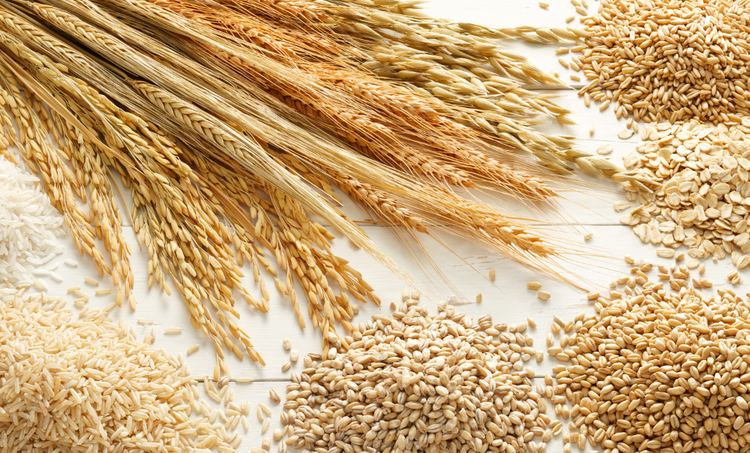 | ||
Similar Wheat, Maize, Rice, Soybean, Seed | ||
Best whole grains for body health
Grains are small, hard, dry seeds, with or without attached hulls or fruit layers, harvested for human or animal consumption. Agronomists also call the plants producing such seeds "grain crops". The two main types of commercial grain crops are cereals such as wheat and rye, and legumes such as beans and soybeans. Because of the ubiquity of grain as a food source, the term grain is often used to describe something small and with volume or mass similar to an individual grain seed.
Contents
- Best whole grains for body health
- Healthy whole grain foods
- Grains and cereals
- Cereal grains
- Warm season cereals
- Cool season cereals
- Pseudocereal grains
- Pulses
- Oilseeds
- Mustard family
- Aster family
- Other families
- Historical impact of grain agriculture
- Occupational safety and health
- References

After being harvested, dry grains are more durable than other staple foods, such as starchy fruits (plantains, breadfruit, etc.) and tubers (sweet potatoes, cassava, and more). This durability has made grains well suited to industrial agriculture, since they can be mechanically harvested, transported by rail or ship, stored for long periods in silos, and milled for flour or pressed for oil. Thus, major global commodity markets exist for canola, maize, rice, soybeans, wheat, and other grains but not for tubers, vegetables, or other crops.

Healthy whole grain foods
Grains and cereals
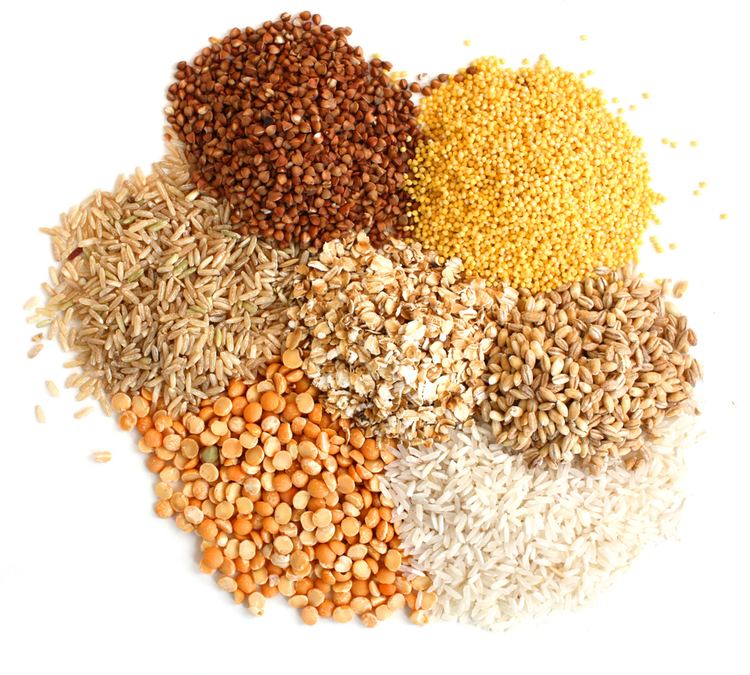
In botany, grains and cereals are synonymous with caryopses, the fruits of the grass family. In agronomy and commerce, seeds or fruits from other plant families are called grains if they resemble caryopses. For example, amaranth is sold as "grain amaranth", and amaranth products may be described as "whole grains". The pre-Hispanic civilizations of the Andes had grain-based food systems but, at the higher elevations, none of the grains was a cereal. All three grains native to the Andes (kaniwa, kiwicha, and quinoa) are broad-leafed plants rather than grasses such as corn, rice, and wheat.
Cereal grains
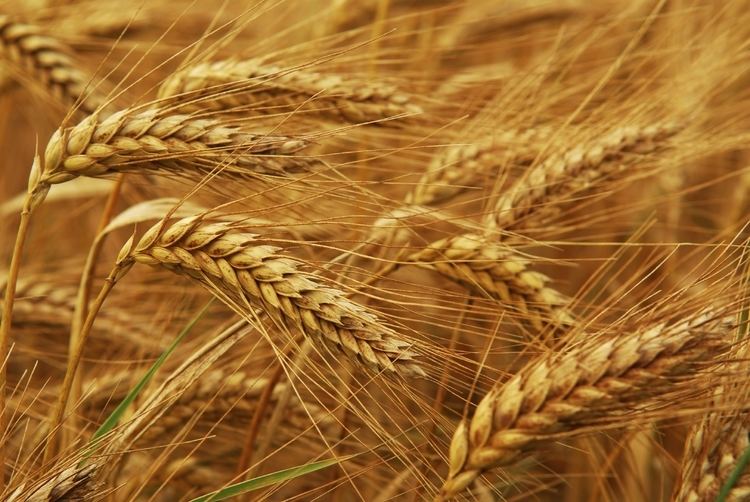
All cereal crops are members of the grass family (Poaceae). Cereal grains contain a substantial amount of starch, a carbohydrate that provides dietary energy.
Warm-season cereals
Cool-season cereals
Pseudocereal grains
Starchy grains from broadleaf (dicot) plant families:
Pulses
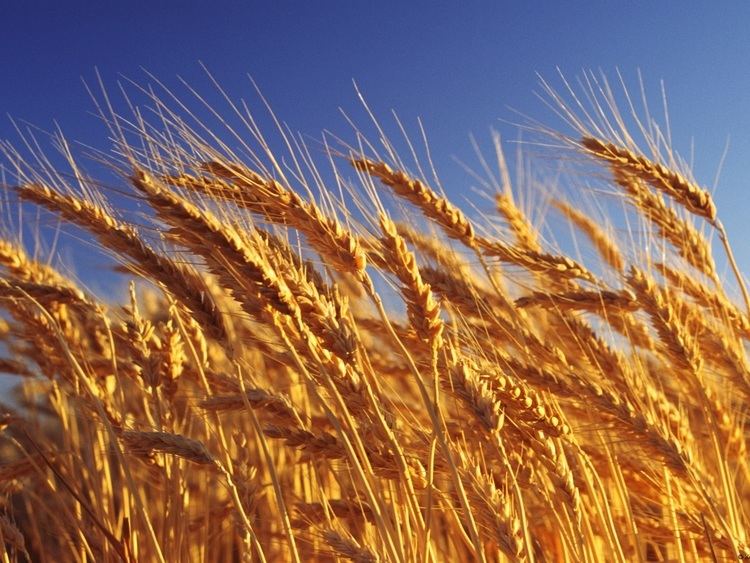
Pulses or grain legumes, members of the pea family, have a higher protein content than most other plant foods, at around 20%, while soybeans have as much as 35%. Proteins in pulses are typically incomplete, as they do not contain all the essential amino acids. Pulses may also contain starches or fats. Common pulses include:
Oilseeds
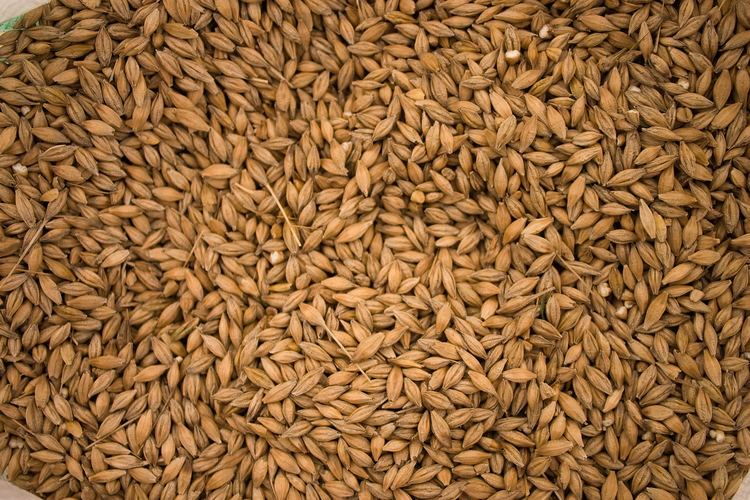
Oilseed grains are grown primarily for the extraction of their edible oil. Vegetable oils provide dietary energy and some essential fatty acids. They are also used as fuel or lubricants.
Mustard family
Aster family
Other families
Historical impact of grain agriculture
Because grains are small, hard and dry, they can be stored, measured, and transported more readily than can other kinds of food crops such as fresh fruits, roots and tubers. The development of grain agriculture allowed excess food to be produced and stored easily which could have led to the creation of the first permanent settlements and the division of society into classes.
Occupational safety and health
Those who handle grain at grain facilities may encounter numerous occupational hazards and exposures. Risks include grain entrapment, where workers are submerged in the grain and unable to remove themselves; explosions caused by fine particles of grain dust, and falls.
